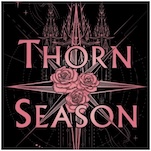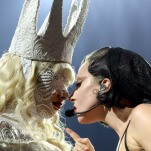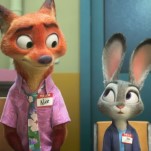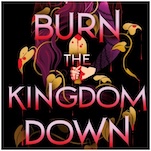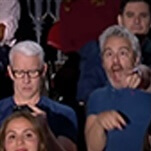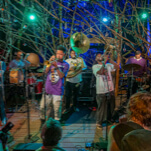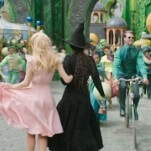Hansel & Gretel by Neil Gaiman and Lorenzo Mattotti

Writer: Neil Gaiman
Artist: Lorenzo Mattotti
Publisher: TOON Books
Release Date: October 28, 2014
Neil Gaiman foreshadowed his new rendition of Hansel & Gretel in, of all places, a review he wrote for The New York Times on The Annotated Brothers Grimm. Commenting on editor Maria Tatar’s in-text commentary, Gaiman notes that “”Hansel and Gretel” is a tale driven by food and hunger from a time when, for the peasantry, eating until you were full was a pipe dream.” Unsurprisingly, the author behind such modern fairy tale classics as Stardust and The Ocean at the End of the Lane opts for a sharp, untempered fantasy with a foundation firmly rooted in harsh realities. Reinterpretations, as far as fairy tales are concerned, are par for the course, especially considering that the Brothers Grimm were consumate collectors and retellers — not original authors. Also unsurprising, the best parts of this lithe, 49-page picture book are often its least familiar.
Within the tale of two lost, starving children who outwit an old woman in a house comprised of various desserts, Gaiman uses a newfound sense of context and logic that bolsters the whimsical elements of this classic yarn. Most of the innovation occurs in the story’s beginning pages. For example, Gaiman notes that the children don’t attend school because they’re simply too poor, the progeny of a rural wood cutter left impoverished by famine (supposedly the Great one of 1315) and thieving soldiers. Even the choice to reinstitute the mother as the force behind the children’s forest exile is a bold one; the Grimms initially shifted that role to a stepmother to protect the sacredness of motherhood for complaining parents in 19th century Germany. Also: the mother’s pregnant with a third child, forcing her to do some ruthless starvation math for the sake of self preservation. This simple redesign provides new motives to propel the story forward, adding a poignant desperation and complexity to the timeless tale.
-

-

-

-

-

-

-

-

-

-

-

-

-

-

-

-

-

-

-

-

-

-

-

-

-

-

-

-

-

-

-

-

-

-

-

-

-

-

-

-






